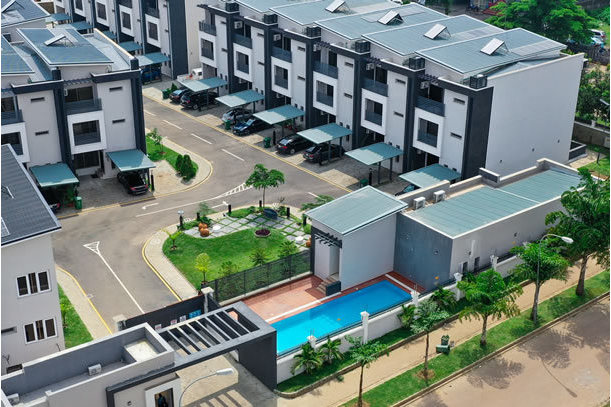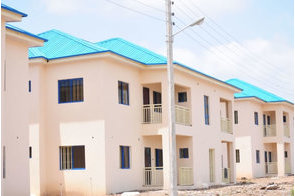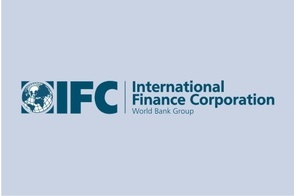Sustainable construction: what, why and how

Summary
More sustainable construction is the desire of every stakeholder, from the government to procurement bodies and the society at large.
Grace Ding, a built environment academic, posits that construction has been held responsible for causing environmental problems ranging from excessive consumption of global resources both in terms of construction and building operation to the pollution of the surrounding environment. But the construction industry has continued to evolve, in terms of construction techniques and building materials that contribute to reductions in waste generation, energy efficiency, resource conservation, and in the elimination of inefficient practices at construction sites.
Also known as green building, sustainable construction has been attracting a lot of attention around the world lately, and an understanding of its meaning is critical. The concept refers to both a structure and the application of processes that are resource-efficient throughout a building’s life cycle. As such, from planning to design, the construction, operation and maintenance of a building is effectively thought through and implemented appropriately. Sustainable construction allows us to incorporate elements of economic efficiency, environmental performance, social responsibility, technological innovation and design flexibility.
In Nigeria, today, the real estate industry is generally based on a “build today, fix tomorrow” philosophy, rather than on one that anticipates future trends and how they affect the performance of buildings. Poor maintenance culture has often been cited as the bane of our physical infrastructure development. However, by using quality materials and innovative techniques, which are important for the longevity of buildings, maintenance will be easier, less costly, and more manageable.
According to Innovare Systems, a UK-based company that uses panelised offsite techniques to simplify the construction process, more sustainable construction is the desire of every stakeholder, from the government to procurement bodies and the society at large. But how often is this an aspiration rather than reality? To be meaningful and scalable, sustainability improvements have to be measurable.
Material selection
As buildings become greener, so do construction sites, says forconstructionpros.com. Off-site fabrication, on-site maintenance, lean practices, and green materials acquisition have begun to fundamentally transform the way buildings are constructed around the world. According to the University of California, Berkeley’s Sustainable Design program, there are numerous benefits to selecting sustainable materials or products. They include reduced maintenance costs by specifying easy-to-maintain materials; reduced operational costs by selecting products that result in energy savings; reduced replacement of materials by selecting durable materials; reduced environmental impact by reducing unnecessary resource extraction and by minimizing waste generation; and reduced impacts on air quality by selecting low-emitting materials.
Workplace safety
Another integral component to sustainable construction is workplace safety and health. The protection of human resource must be factored into measurements of sustainable construction. Best practice approach in Prevention through Design (PtD), which influences the layout of project sites during construction and helps in overall personnel management, should be adopted. The aim of PtD is to avoid work-related injuries, illnesses, and fatalities by eliminating hazards and minimizing risks to workers in the design and re-design of facilities, and by using safe work methods and processes, tools and products.
Sustainable partnerships
Homebuyers are increasingly becoming aware of the cost associated with purchasing poorly built structures. Apart from the risk of collapse of the structure, rework is always more expensive than building the right way the first time. Therefore, as professionals in the building and construction industry, we must through sustainable partnerships hold ourselves accountable in providing optimum value across installations. This will help to reduce the overall development and maintenance costs.
Sustainability has been defined, in the context of sustainable development, as meeting the needs and aspirations of the present without compromising the ability of future generations to meet their own needs and aspirations. At Bilaad Realty, we have adopted sustainability as our value proposition to clients in respect to the products and services we offer in real estate.
Our adoption of sustainable construction methods is deliberate; we are conscious of advancements made in developed countries where alternative building materials are utilized in construction. However, we also understand the current state of awareness and cultural acceptability of our market. Moreover, whereas the concept of sustainable construction is the same everywhere, its integration across different locations will be specific to local needs and in a progressive manner.
We are optimistic that an understanding of the fundamental question of “if every company or service provider offers the same surface level service, who then offers value, who offers quality?” will help guide our continuous improvement drive. For us at Bilaad Realty, sustainable construction is here to stay.
Bilaad Realty Limited is an Abuja-based company focused on delivering sustainable real estate solutions.
Related
-
At 62, Nigeria can celebrate and strive for sustainable housing
The supply of housing cannot improve without improvement in effective demand.
-
AfDB approves $40 million loan for South African housing company
Housing Investment Partners Trust aims to provide over 4,000 affordable mortgages to lower-middle income earners.
-
IFC supports green bond to finance green buildings in South Africa
The real estate sector is estimated to generate about 40 percent of the world’s CO2 emissions.










